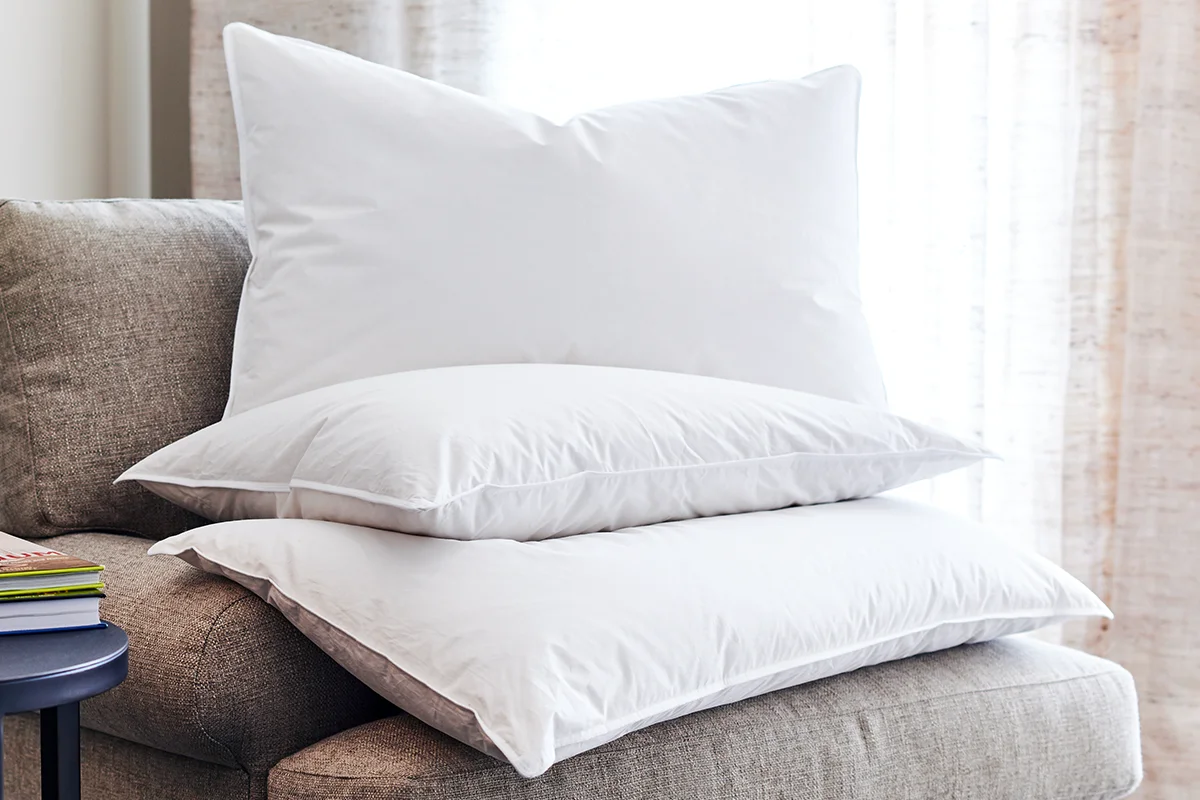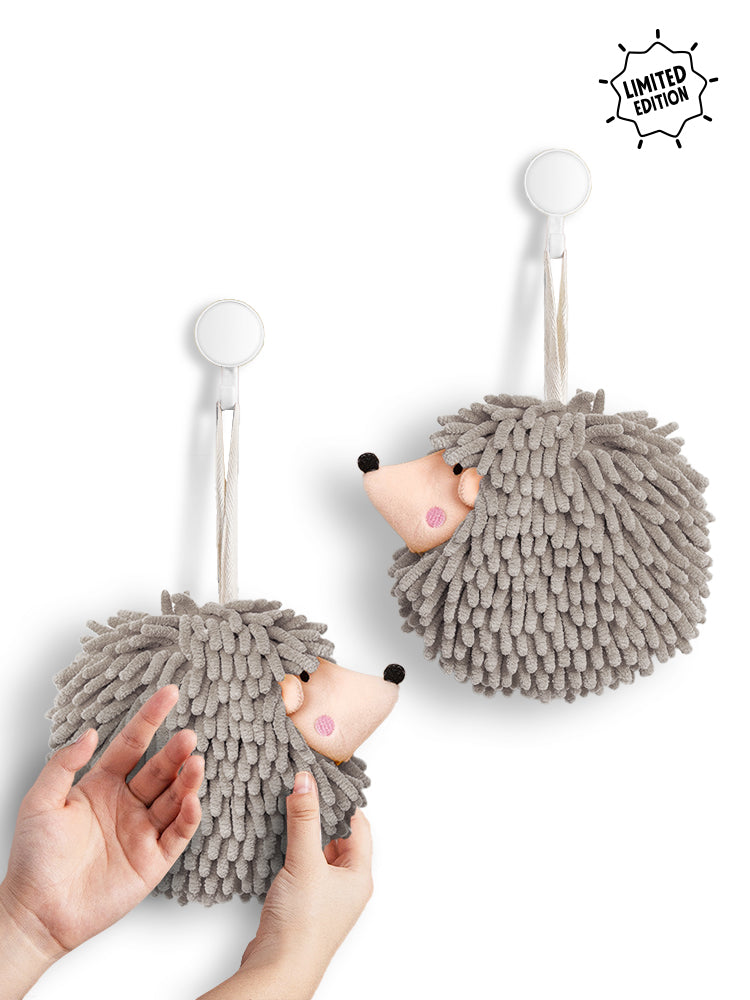
All those household items and surfaces we use daily can get pretty dirty, so you might be wondering how often should you clean certain things like sponges, coffee makers, or pet bowls. But sometimes it's necessary to toss the item completely to prevent germs from taking hold. Here's a handy guide to what should be cleaned, disinfected, or replaced routinely.
5 Household Items to Clean Routinely
Soap and hot water or diluted cleaners that are marked safe can be used on these items. And don't forget, soft items need to be washed regularly, too.
Pet Bowls

Wash pet bowls with hot soapy water daily. You can also put bowls in the top rack of the dishwasher.
Toothbrush Holder

Clean your toothbrush holder weekly. Grime can build up in the bottom and around where the toothbrush sits, especially if you keep the holder on the side of the sink.
Coffee Maker and Reservoir

To clean your coffee maker, run a cycle using vinegar and water weekly. Other signs it might be time to clean: a bitter taste, an unpleasant smell, or unusual noises coming from the coffee maker.
Clothes Hamper or Laundry Basket

Why clean something that holds dirty clothes and towels that will be washed anyway? It helps prevent the spread of germs (and smells!) from dirty laundry to clean clothes. Wipe down your laundry basket with a wipe or spray at least monthly. If your hamper is fabric, toss it in the washing machine along with your clothes.
Pillows

You wash your pillowcases regularly, but don't forget about the insert. Dust mites and dead skin cells can build up and cause allergies. Aim to wash pillows quarterly. You can put them in the washing machine on a warm, gentle cycle.
Household Surfaces to Disinfect
Germs can build up on frequently touched areas, and soap and water only get you so far when it comes to hot zones like the kitchen and bathroom. To truly get rid of bacteria and viruses, clean first with soap and water (or products appropriate for whatever surface you’re cleaning), then use a disinfectant like bleach or ammonia. Don't forget to leave the spray on the surface for a few minutes before wiping.
Kitchen Sink and Counters
Kitchen surfaces areas are potentially the dirtiest surfaces in the house, in part because of all the food prep that happens there (hello, raw meat and poultry). “You should assume that bacteria on raw meat collects in the drain, and the only good way to get rid of it is to spray disinfectant in the sink and drain," says Jennifer J. Quinlan, PhD, professor and executive director of the Integrated Food Security Research Center at Prairie View A&M University in Texas.
And don’t forget the drain basket; load it in the dishwasher along with the dishes. The hot water cycle will kill off bacteria and other germs that may have accumulated in the gasket and crevices.
Oven and Microwave Knobs, Buttons, and Handles
All that grease and grime from cooking plus oils from your hands build up. Spray the knobs, buttons, and handles on your microwave and oven with a disinfecting spray (the type that says it kills 99.9% of germs and bacteria) while cleaning up after dinner.
Refrigerator Handles
Grimy hands touch refrigerator handles multiple times a day. Give them a spritz of disinfectant daily, twice a day during cold and flu season.
Doorknobs
Doorknobs, especially bathroom and front door handles, get lots of hand traffic. Spritz them whenever you think of it or during your routine cleaning.
4 Items to Toss (and When)
Many items used to clean your house need to be replaced eventually. A good rule of thumb is to replace something (like a sponge) if it has an odor that won't go away, or if it's damaged, advises the American Cleaning Institute. Here's how long a few key items can hang on.
Kitchen Sponge
The sponge takes the prize as the germiest item in the house. Bacteria can survive on it for weeks and even months in the right environment, says Jonathan Sexton, PhD, a research scientist with the Mel & Enid Zuckerman College of Public Health at the University of Arizona in Tucson. You should clean your sponge regularly but toss it every 2-3 weeks.
Toilet Bowl Brush
Disinfect a toilet bowl brush after every use, and replace it every six to eight months. Brushes with nylon bristles should be replaced more often than those that are silicone.
Brooms
Replace your broom annually. If there are gaps between the bristles, or they're worn down, fraying, or breaking, it's time to get a new one.
Vacuum Filters
Most manufacturers recommend changing a vacuum's filter every three to six months, but different types of filters have different lifespans. It depends on how often you vacuum and if anyone in your household has allergies.
Sources:
- All photos used in this blogpost are sourced from the internet, and the rights belong to their respective owners
- Shaffer, A. (2024, December 6). Should You Clean, Disinfect, or Toss These Household Items? Better Homes & Gardens. https://www.bhg.com/clean-disinfect-or-toss-these-germy-items-8727280


